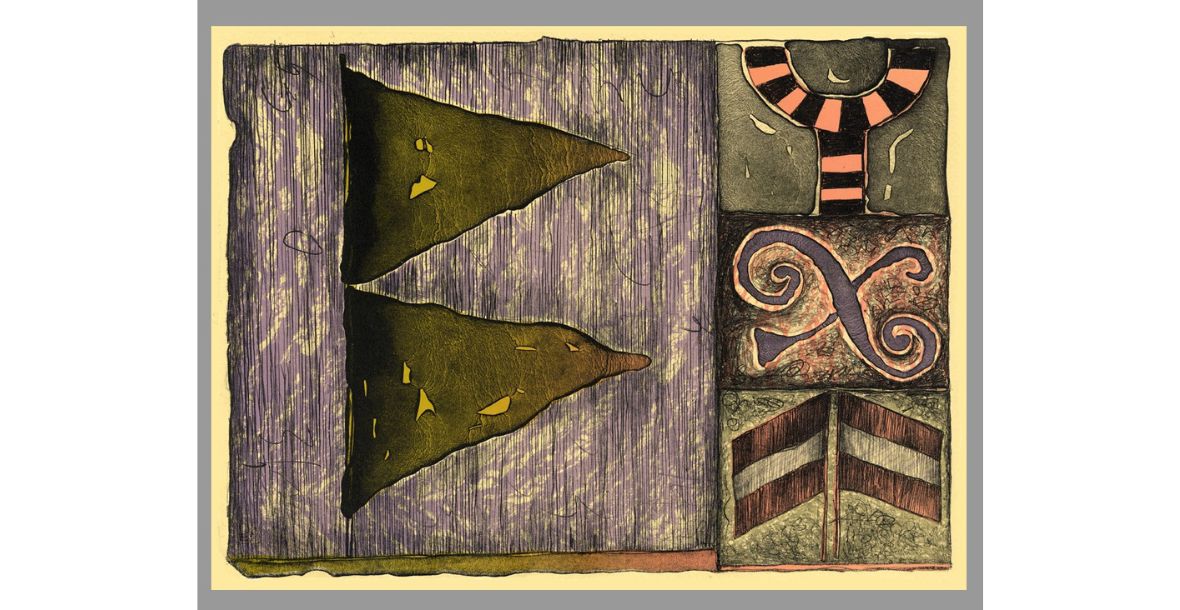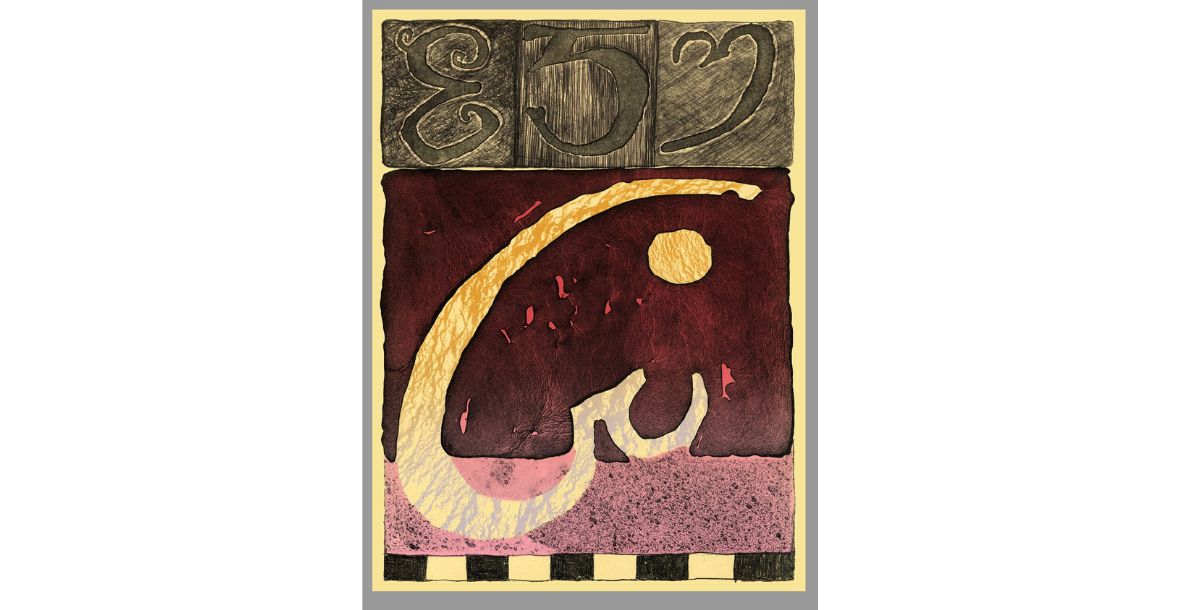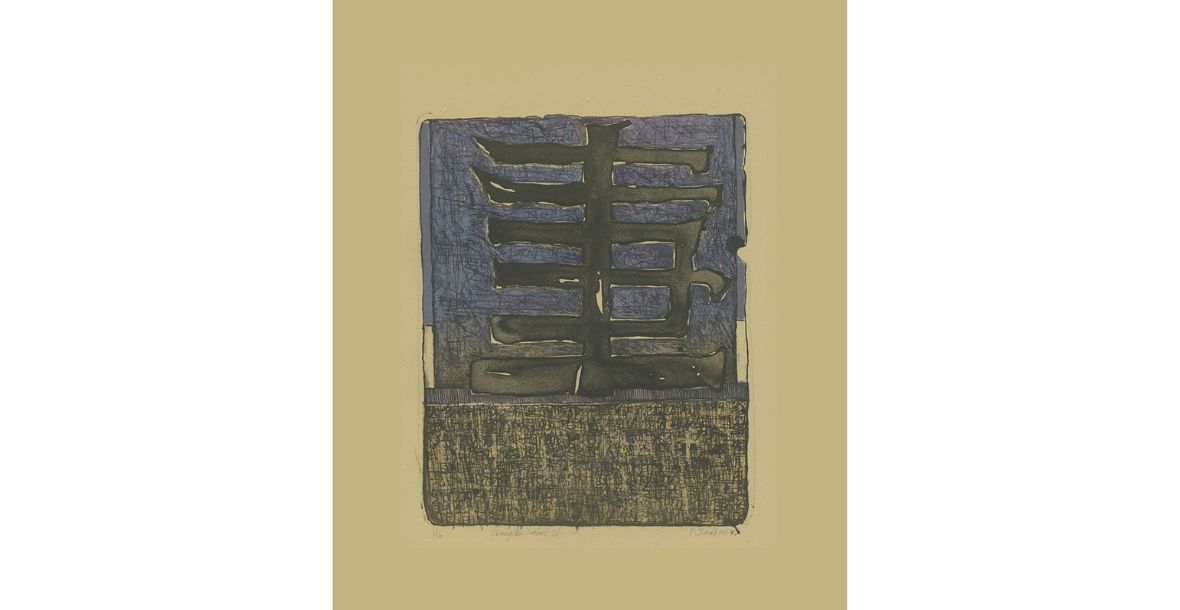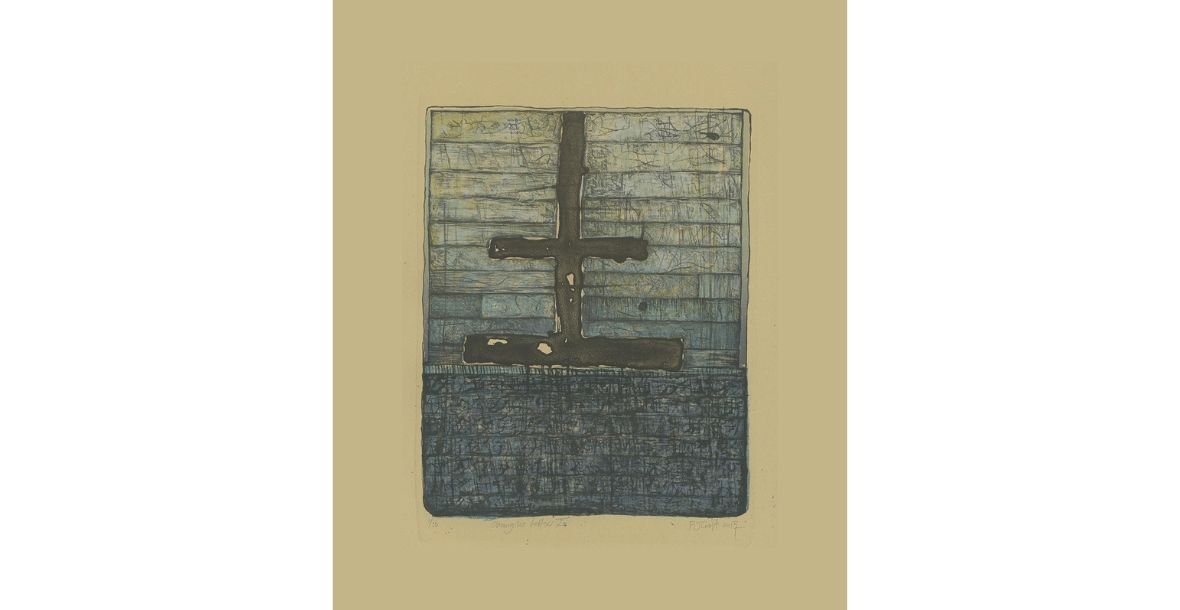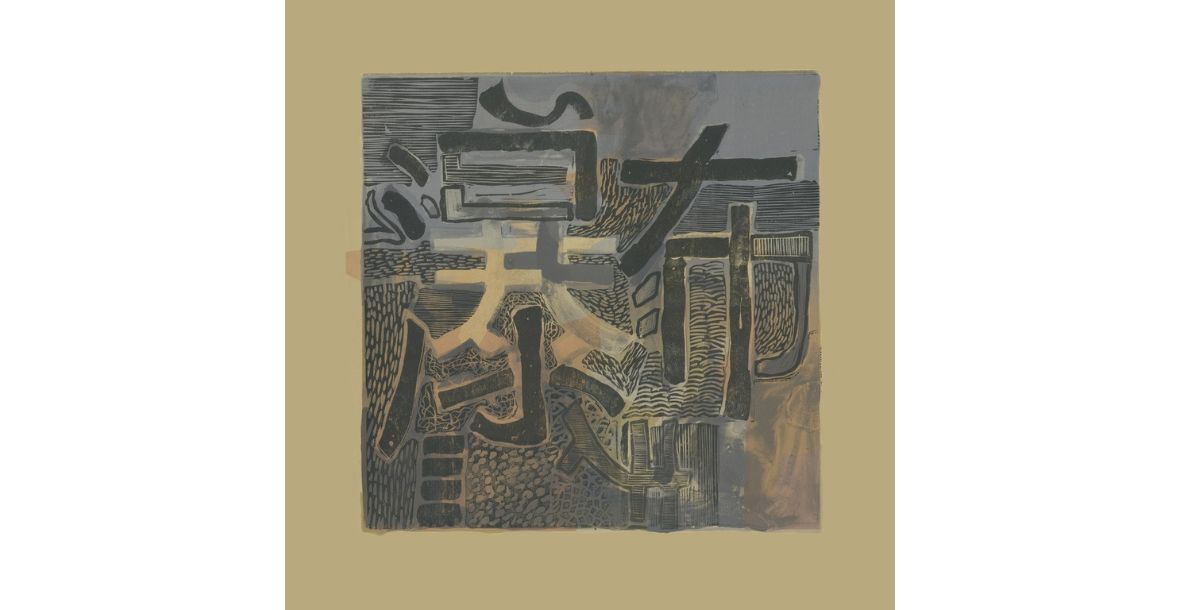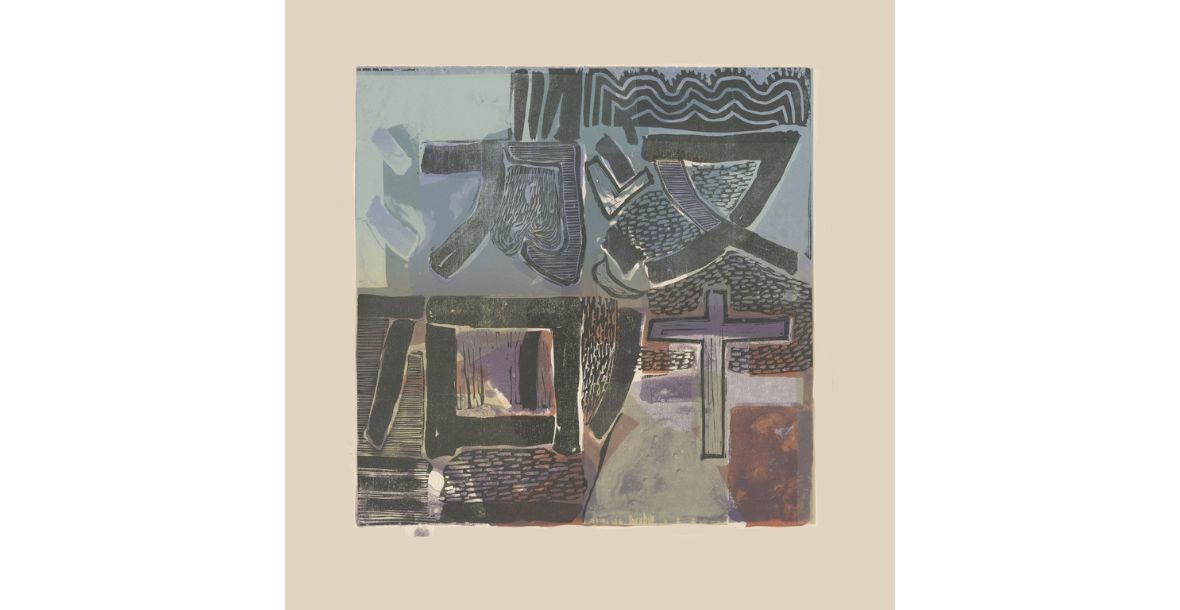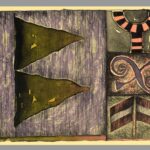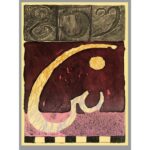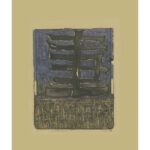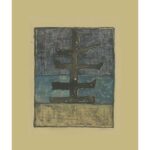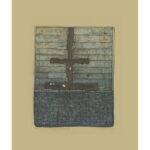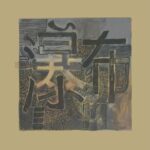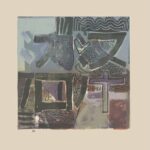b. 1963, Belfast Northern Ireland
In 2021, a grant from the Leverhulme Trust enabled him to research the collaborative relationship that has traditionally occurred in lithography between artists and their printers, culminating in a major curated exhibition and accompanying book on Collaboration in Practice: British Lithography 1800 – 2022.
Croft works from his own studio in Aberystwyth and has exhibited his work widely across the UK, Ireland, USA, China, Australia and New Zealand. As a collaborating printer he has worked with a number of artists including, Mary Lloyd Jones, Shani Rhys James, David Tress, Pete Williams, Pete Davies, Ann Desmet, Stuart Pearson Wright, Stuart Evans and Pete Monaghan.
Croft’s work is concerned with the development of personal visual language. Evolving through synthesis of motifs derived from a broad range of observations, still life and found objects, the work is informed in large part by research into letter forms, characters, alphabets and more recently, by his efforts to learn Mandarin. Much of his work comprises of drawing and printmaking, stone and plate lithography, but also makes use of woodcut, monotype and stencil printing.
Recent prints have been made in sets, printed both as editions and as series of unique images, using techniques of stone and plate lithography, Mokulito, woodcut and stencil printing. Parallel study of Chinese has led to playful interpretation of character formation, through rotation of blocks, plates and paper, the use of stencils and masks to both change and obfuscate meaning.
More information about the exhibition here.

